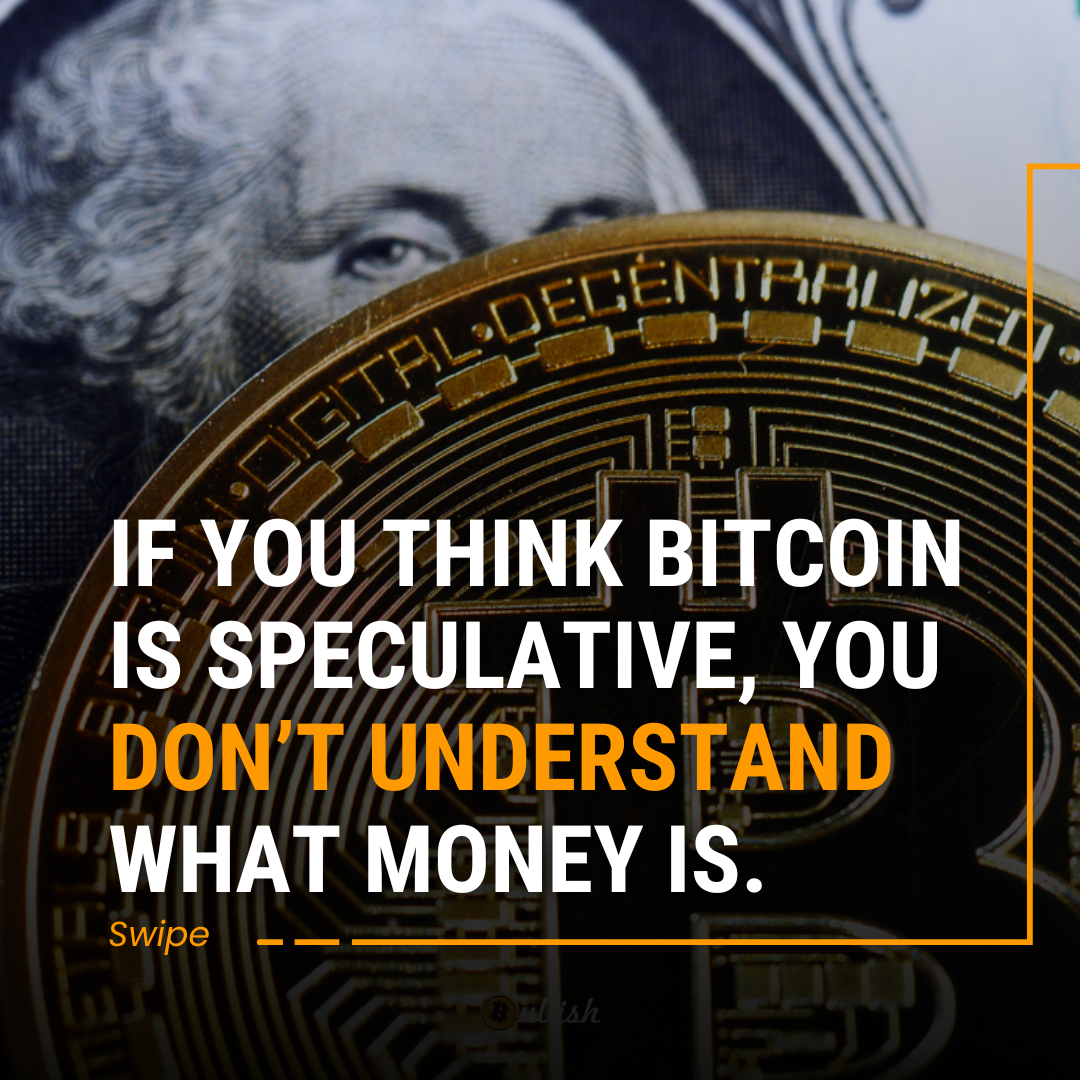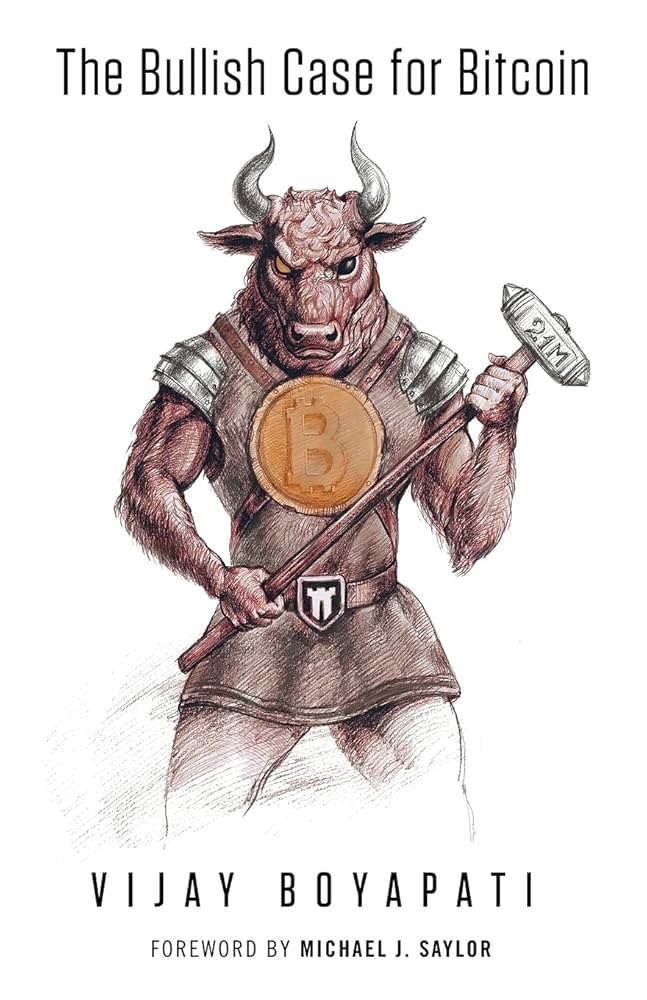DEBUNKING BITCOIN'S
MISCONCEPTIONS
DEBUNKING BITCOIN'S
MISCONCEPTIONS
Think Bitcoin is just for criminals or bad for the planet? Think again. This resource tackles the most common misconceptions with facts, data, and clear explanations—so you can separate fear from truth.

"Bitcoin isn’t backed by anything? It’s backed by math, code, and the energy securing the most powerful monetary network on Earth."
– Michael Saylor

"Bitcoin isn’t backed by anything? It’s backed by math, code, and the energy securing the most powerful monetary network on Earth."
– Michael Saylor
Featured

The Cantillon Effect and Money Creation in the Modern U.S. Economy
Introduction: The Cantillon Effect in Modern Context
The Cantillon Effect refers to the uneven impact that newly created money has on an economy – specifically, who receives the new money first and how this timing skews benefits. First articulated by 18th-century economist Richard Cantillon, it observes that an increase in the money supply redistributes purchasing power in favor of those early recipients of the new money. Those closest to the source of money creation (such as banks, financial institutions, or government contractors) can spend the money before prices rise, effectively gaining greater real purchasing power. By the time the money percolates to later recipients (wage earners, small businesses, consumers), prices have often adjusted upward, diluting the new money’s value.

In essence, inflation is not neutral – it acts as a transfer of wealth. As Cantillon noted, the first spenders of new money enjoy an advantage, whereas those who receive it last suffer a loss of real wealth as their incomes lag behind rising prices. This effect helps explain why expansionary monetary policy often enriches the wealthy and exacerbates inequality, as the wealthy (and institutions they own) are typically the earliest beneficiaries of liquidity injections, while fixed-income earners and the poor see the costs in higher living expenses. The Cantillon Effect sets the stage for understanding how U.S. money creation – by the Federal Reserve and through bank lending – can distribute economic gains unevenly in practice.
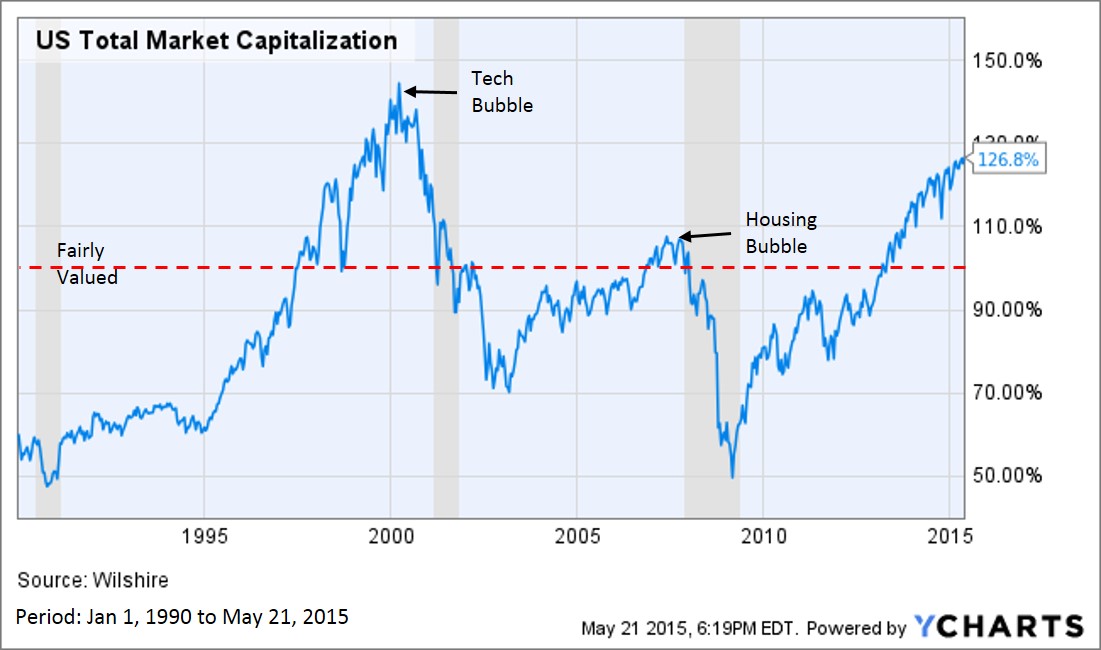
This historical chart shows the U.S. stock market’s recovery from the late-1990s dot-com bubble through the 2008 financial crisis and beyond. It visually reinforces how asset values surged in response to Fed interventions
How the Federal Reserve Creates Base Money
Base money (the monetary base) in the U.S. is created primarily by the Federal Reserve (the Fed), using several key mechanisms.
In normal times, the Fed conducts open market operations (OMO) – buying or selling U.S. Treasury securities – to influence the federal funds interest rate. When the Fed purchases assets (like Treasury bonds) from banks or primary dealers, it pays by crediting banks’ reserve accounts with new dollars, effectively injecting new base money into the banking system. Conversely, selling securities drains reserves.
Traditionally, the Fed’s main policy tool has been targeting the interest rate to guide credit conditions, and it did not fix a set quantity of money in circulation. Instead, the money supply responded to the demand for credit at the target interest rate. In extraordinary situations, however, the Fed has created base money more directly.
Quantitative Easing (QE) is the modern centerpiece of direct Fed money creation. Under QE – first deployed during the 2008–2009 financial crisis – the Fed engages in large-scale asset purchases beyond routine OMO, including long-term Treasuries and agency mortgage-backed securities. By doing so, the Fed vastly increases bank reserves (base money) in order to push down long-term interest rates and inject liquidity into financial markets.
For example, starting in late 2008, the Fed launched successive rounds of QE that expanded its balance sheet from under $1 trillion to over $2 trillion by 2010. Another burst of QE in the early 2010s drove the Fed’s assets (and base money) above $4 trillion. And in 2020, in response to the COVID-19 shock, the Fed undertook an unprecedented asset-buying program (alongside emergency lending facilities), causing the monetary base to surge from about $3.4 trillion in early 2020 to over $5.2 trillion by the end of 2020.
For context, the U.S. monetary base was roughly $600 billion in 2000, before these crises – meaning it nearly nine-folded by 2020 due to such policies. This immense expansion of base money reflects the Fed’s post-2008 shift to aggressive monetary stimulus: creating new dollars to buy assets, stabilize markets, and stimulate borrowing.
Another tool the Fed wields is interest rate policy, including setting the Federal Funds Rate (the overnight interbank lending rate) and, since 2008, paying interest on excess reserves (IOER) held by banks. By cutting benchmark rates to near zero (as in 2008–2015 and 2020–2021) and flooding banks with reserves, the Fed encouraged greater lending and risk-taking. Low interest rates make credit cheap, incentivizing borrowing by consumers and firms. However, ultra-low rates can also inflate asset values – a point we will explore in terms of distributional impact.
In summary, the Fed controls the supply of base money and the price of money (interest rates), especially in crises when it creates new money outright via QE. The base money created by the Fed forms the foundation on which the broader money supply is built through bank lending.
Commercial Banks and Fractional Reserve Money Creation
While the Fed creates high-powered base money, the bulk of money in circulation is created by private commercial banks through the process of fractional-reserve banking. In the modern economy, when a bank issues a new loan, it simultaneously creates a deposit in the borrower’s account – effectively creating new money out of thin air.
Unlike the common misconception that banks only lend out deposits, the reality is that lending itself generates new deposits. This is possible because banks only need to hold a fraction of their deposits in reserve (hence “fractional reserve”). Historically, reserve requirements in the U.S. might have been around 10%, meaning a bank could lend out roughly $90 for every $100 in deposits, keeping $10 in reserves.
In practice, as long as banks meet regulatory capital requirements and have enough reserves for daily operations, there's no hard limit to credit creation. In fact, studies show that an overwhelming portion of deposit money originates from bank lending. From 2001 to 2020, about 92% of deposits in the U.S. banking system were created through lending, versus only 8% from customers’ cash deposits.
This highlights that private bank credit creation is the dominant engine of money supply growth in a fiat system.
When the Fed increases base money, banks gain more reserves, enhancing their capacity to lend – though they’re not obligated to do so. Before 2020, reserve requirements constrained some lending, but in March 2020, the Fed dropped reserve requirements on transaction accounts to zero. Even before then, many large banks held ample excess reserves, especially after the Fed's QE campaigns post-2008. In reality, lending was limited more by capital requirements and creditworthiness than by reserves.
As a result, banks “multiply” base money into a broader money supply by re-lending deposits in a chain. If banks are willing to lend and borrowers willing to borrow, $1 in reserves can support multiple dollars of new bank money.
This can be seen in broad money measures like M2, which includes cash, checking, savings, and other short-term deposits. M2 was about $4.7 trillion in 2000 and ballooned to nearly $19 trillion by 2020 – an increase far outpacing base money growth.
The timeline tells the story:
2005: M2 = $6.8 trillion
2010: M2 = $8.8 trillion
2015: M2 = $12.3 trillion
2020: M2 = $19.1 trillion
Even accounting for GDP growth, such expansion reflects the power of fractional-reserve credit creation. Importantly, this new money does not flow evenly. Those with access to credit – primarily businesses, investors, and asset owners – receive the money first and benefit from rising asset values. Wage earners and consumers see delayed and diluted benefits, if any.
This systemic design favors the wealthy and well-connected – a modern manifestation of the Cantillon Effect.
Where Does the New Money Go?
The critical question is: who receives the newly created money first, and how does it affect different classes?
Financial Markets and Asset Prices
A substantial portion of Fed-created liquidity enters financial markets. When the Fed buys assets like Treasuries or mortgage-backed securities, those sellers (banks, investors) now hold new reserves or cash. They reallocate it into other assets – driving up stock prices, bond valuations, and real estate.
This "portfolio rebalancing effect" was an explicit goal of QE: to drive investors out of low-risk assets and into higher-yielding ones, thereby inflating asset values. And it worked – the post-2008 stock market recovery far outpaced wage or GDP growth.
After the Great Recession, stock indices soared while millions of Americans remained unemployed or underemployed. Following the COVID-19 shock, stock prices recovered to record highs within months, fueled by Fed liquidity – even while economic output contracted and unemployment spiked.
Critically, stock ownership is highly concentrated. The top 10% of Americans own over 80% of U.S. stock market value. Thus, gains in financial assets accrue almost entirely to the wealthy. In contrast, most Americans' net worth is tied to their homes – which rose in value, but more slowly.

U.S. stock market value vs. households’ home equity, 2009–2020. The red lines illustrate how stock market capitalization (mostly benefiting wealthy investors) surged dramatically after Fed interventions, whereas aggregate home equity (the main wealth source for the middle class) rose more gradually propublica.org . This highlights that new money entering asset markets disproportionately boosts wealth for stockholders compared to average homeowners.
The chart above underscores a critical dynamic: the disparity between financial asset inflation and real economic gains. From the post-2009 recovery through 2020, U.S. stock market capitalization surged by approximately $22 trillion, while aggregate home equity—an asset more evenly held among the population—increased by only about $1 to $2 trillion. This divergence is significant because stock ownership is heavily concentrated; the wealthiest 10% of Americans hold over 80% of all equities. Consequently, the stock market boom disproportionately benefited the wealthy. In contrast, homeownership is more broadly distributed—though the top 10% still control about 45% of residential real estate, the remainder is owned by middle- and working-class families. This illustrates the Cantillon Effect in practice: those closest to the Federal Reserve’s newly created money—banks, investors, and large institutions—deploy it into financial assets, driving up prices and capturing the majority of the gains. Any wealth effect for the middle class is modest, often limited to incremental increases in home values. For most Americans, whose net worth is tied to labor income and housing rather than financial portfolios, the gains from monetary expansion are minimal. Wages, unlike asset prices, tend to rise slowly and frequently lag behind inflation—exacerbating the wealth divide during periods of aggressive monetary intervention.

Corporate and Government Credit
Cheap credit created by the Fed and commercial banks also flows toward large corporations and the federal government. Large firms can borrow at extremely low interest rates by issuing bonds or taking loans. Many used the cheap capital for share buybacks, acquisitions, and automation – boosting stock prices but not necessarily jobs.
In 2020, the Fed directly supported corporate bond markets through emergency credit facilities. Meanwhile, the federal government ran massive deficits – funded in part by Fed asset purchases – and spent trillions on relief, some of which went directly to citizens, but a large share flowed to large firms, financial markets, and existing debt obligations.
Government spending does reach households through programs like unemployment insurance and stimulus checks, but the majority of new dollars still enter the system through banks, contractors, and institutions.
Consumer Credit and the Broader Economy
Eventually, some money trickles down to consumers. Mortgage and auto loan rates fell, enabling refinancing and increased credit access. But this access is uneven – those with good credit and existing assets benefit more.
After the 2008 crisis, consumer credit was slow to recover. Banks tightened lending standards. The new money created largely sat in reserves or went into asset markets.
By contrast, the COVID-era stimulus did briefly boost consumer accounts – the savings rate spiked in 2020. But this was a temporary anomaly. In general, the benefits to consumers arrive last and are eroded by rising prices and asset inflation, which make homes, education, and healthcare more expensive for the average person.
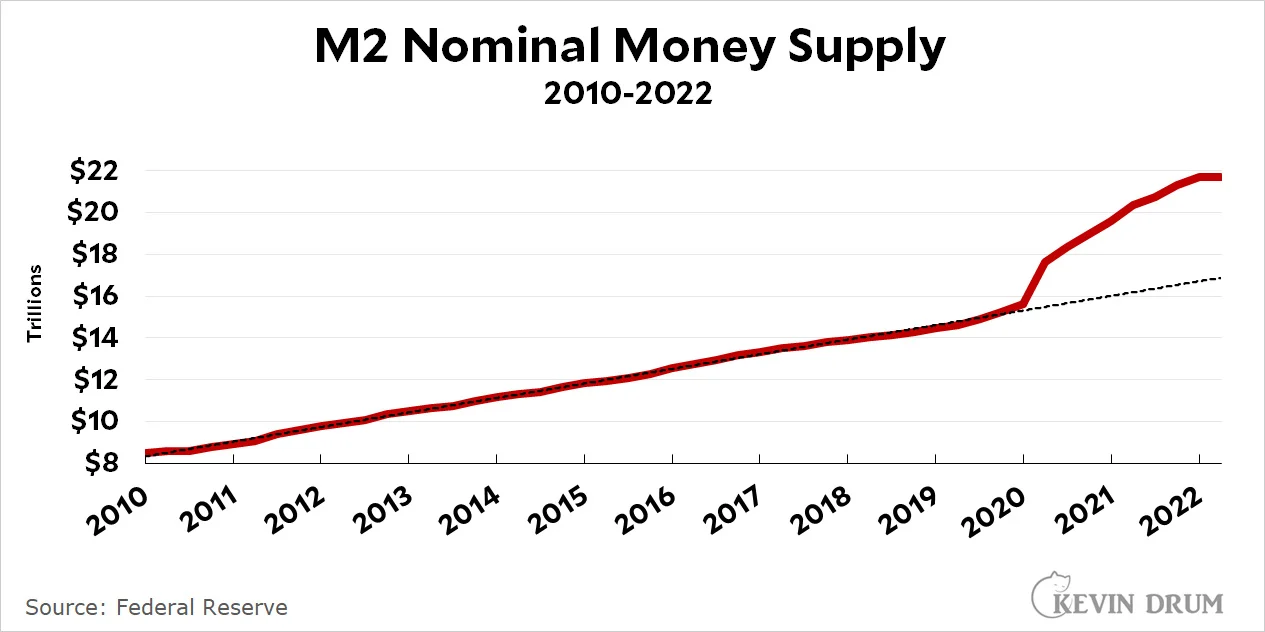
This curve illustrates the steep rise in M2 following 2008 and again in 2020, highlighting how private bank credit expands on top of Fed actions
By the Numbers: Money Supply Growth and Wealth Distribution (2000–2020)
A numerical look at monetary expansion and wealth concentration in the past two decades reveals the scale and asymmetry of money distribution:
Base Money (Monetary Base)
2000: ~$600 billion
2005: ~$800 billion
2010: ~$2.0 trillion
2015: ~$4.0 trillion
2020: ~$5.2 trillion
The monetary base increased almost 9x from 2000 to 2020. The most dramatic surges occurred after the 2008 financial crisis and again during the 2020 COVID-19 pandemic, both driven by rounds of Quantitative Easing.
Broad Money (M2)
2000: ~$4.7 trillion
2005: ~$6.8 trillion
2010: ~$8.8 trillion
2015: ~$12.3 trillion
2020: ~$19.1 trillion
M2 growth reflects both the Fed’s injection of reserves and the expansion of private credit. It quadrupled over 20 years. Notably, it jumped by over $2.7 trillion in just four months (Feb–June 2020), an unprecedented pace of monetary expansion.
Wealth Concentration
Top 1% Wealth Share (2000): ~27–30%
Top 1% Wealth Share (2020): ~30–33%
Bottom 50% Wealth Share (2020): ~2%
Despite two decades of economic and monetary growth, the wealth of the bottom 50% remained nearly flat. Meanwhile, the wealth of the top 1% grew by trillions, primarily due to asset appreciation. Real wages for the median worker increased only modestly, failing to keep up with asset inflation and living costs.
Stock vs Home Equity Growth (2009–2020)
U.S. Stock Market Cap Increase: ~$22 trillion
Aggregate Home Equity Increase: ~$2 trillion
This divergence illustrates how money creation disproportionately benefits those who own financial assets. Since the top 10% of households own over 80% of stocks, they gained the lion’s share of this increase. The middle class, whose wealth is primarily in home equity, saw relatively little benefit in comparison.
Post-2008 vs. Pre-Bretton Woods: How the System Changed
To understand how today’s monetary regime shapes outcomes, it’s useful to contrast it with the pre-1971 system – especially the Bretton Woods era and the classical gold standard before that.
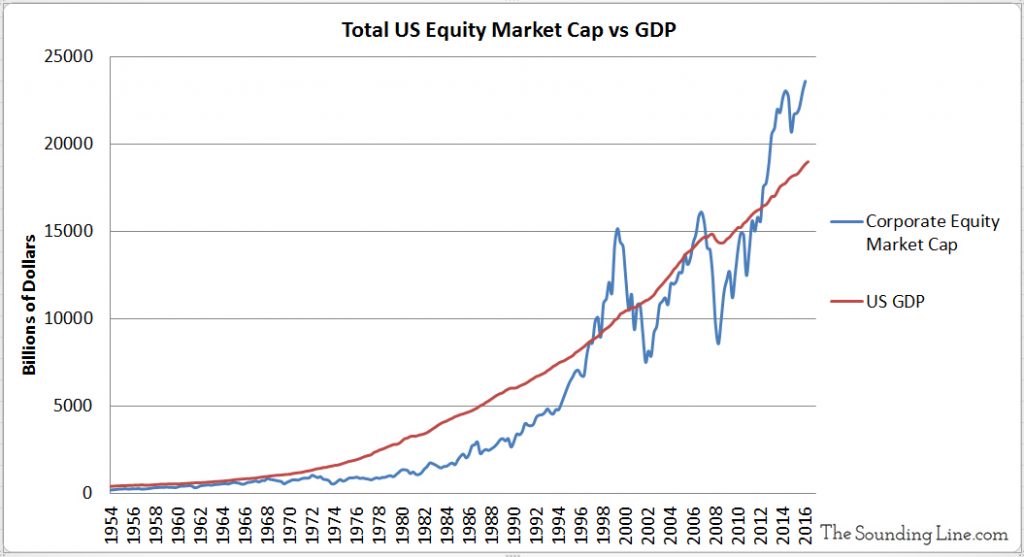
This chart compares stock market value to GDP over decades, showing how today's valuation significantly exceeds historical norms—underscoring the growing dominance of financialized wealth
Pre-Bretton Woods: Hard Constraints on Money
Under the gold standard, paper currency was backed by physical gold. This limited arbitrary expansion: a country couldn’t print more money without corresponding gold reserves. Governments and banks were restrained by convertibility and the need to maintain trust in their currency.
The Bretton Woods system (1944–1971) preserved this constraint to some extent. The U.S. dollar was pegged to gold at $35/oz, and other currencies were pegged to the dollar. This forced fiscal and monetary discipline on participating nations.
During this time, money supply and debt levels were more stable. Central banks had limited ability to intervene in markets or "rescue" institutions. Boom-bust cycles occurred, but were typically followed by corrections (often painful ones) rather than perpetual expansion.
Post-1971 Fiat Era: Unconstrained Money Creation
In 1971, President Nixon suspended the dollar’s convertibility into gold, ending Bretton Woods. Since then, the U.S. and most countries have operated on a floating fiat system – currencies with no physical backing.
Central banks can now create money without external constraints. As long as inflation remains politically tolerable, there's little to stop expansion. This shift allowed:
Rapid growth in public and private debt
Repeated interventions to prevent recessions
Massive asset inflation through financial markets
Accelerated wealth concentration
The Federal Reserve’s balance sheet remained under $1 trillion from its founding in 1913 to 2008. In the 15 years since, it has soared to over $8 trillion. Such growth would’ve been impossible under gold constraints.
Inequality Trends
During the mid-20th century (especially the 1950s–1970s), income and wealth inequality were relatively low. Strong labor unions, high top marginal tax rates, and stable money played a role.
Since the 1980s – coinciding with deregulation, financialization, and unconstrained monetary policy – inequality has surged. The top 1% regained Gilded Age levels of wealth share, and the middle class shrank. Asset prices rose dramatically while wages stagnated.
The fiat system, untethered from gold or other real constraints, made it easier for central banks and governments to stimulate growth. But the side effect has been a growing disconnect between financial markets and the real economy.

This long-term M2 supply graph highlights persistent fiat money growth post-1971, reinforcing the contrast with older gold-backed monetary regimes
Conclusion: Money Creation and the Roots of Inequality
The Cantillon Effect, long a theoretical concept, is now a visible reality in modern monetary policy. When the Federal Reserve or commercial banks create new money, it does not distribute evenly. Instead, it flows first to financial institutions, corporations, and government bond markets. Only later – and in diluted form – does it reach ordinary households.
Those with capital benefit from early access: they can invest in assets before prices rise. Those without capital, who rely on wages or fixed incomes, are left chasing higher costs of living with stagnant paychecks.
This dynamic explains why economic inequality has grown in lockstep with central bank intervention. Monetary expansion has not lifted all boats – it has inflated yachts.
Critics argue that this system is unsustainable and unjust. A growing number advocate for a return to “hard money” – a system in which money cannot be created at will by central banks or commercial lenders.
Bitcoin offers one such alternative. With a fixed supply and decentralized issuance, it aims to eliminate discretionary monetary manipulation. While still volatile and early in adoption, it represents a counterweight to the current model – a monetary standard where no one can create money out of thin air, and everyone competes on equal footing.
In the end, how money is created and who receives it first is not just a technical issue – it’s a political one. The architecture of our financial system shapes everything from opportunity to inequality to long-term stability. As the effects of monetary policy become more visible – and more questioned – the debate over alternatives like Bitcoin will only intensify.
If this deep dive into money creation, inequality, and the Cantillon Effect opened your eyes, it’s time to take the next step. At BullishBTC, we’ve built two high-impact courses to help you break free from the traps of fiat and understand the path forward. Start with The Bitcoin Roadmap: Get Started ASAP — your hands-on guide to setting up secure savings and self-custody. Then, deepen your understanding with Navigating the World of Bitcoin, a step-by-step course that covers everything from monetary history to advanced tools for sovereignty. Join thousands of others reclaiming their financial future. The time to learn is now.
Check out both courses today at https://bullishbtc.com/bullishbtc-courses and start building real financial resilience; no middlemen, no bailouts, no inflation theft. Just Bitcoin.

Sources:
Richard Cantillon’s theory of money and prices, as described in Dawn dawn.com
Bank of England Quarterly Bulletin, “Money Creation in the Modern Economy,” explaining central bank interest rate policy and quantitative easing bankofengland.co.uk
Federal Reserve Bank of Philadelphia, “How Banks Use Loans to Create Liquidity,” confirming that banks create deposits by lending (fractional reserve mechanism) philadelphiafed.org
Federal Reserve Economic Data (FRED) – U.S. Monetary Base statistics (2000–2020) fred.stlouisfed.org
Federal Reserve Economic Data (FRED) – M2 Money Stock statistics (2000–2020) fred.stlouisfed.org
Investopedia, “What Is M2?”, note on surge of M2 in 2020 investopedia.com
Investopedia, “Biflation” article, example of post-2008 new money going into speculation rather than broad lending investopedia.com
ProPublica, “How the Federal Reserve Is Increasing Wealth Inequality,” analysis of Fed policies boosting asset values for the wealthy (stock vs home equity gains) propublica.org
ProPublica interview with Mark Zandi on low rates favoring high-wealth households propublica.org
Wikipedia (Federal Reserve data via CBO report) on wealth shares as of 2021 (top 1% vs bottom 50%) en.wikipedia.org
Blockworks, “The End of a Financial System,” on the 50-year legacy of fiat money post-1971 and historic inequality blockworks.co
Saifedean Ammous, The Bitcoin Standard, on sound money’s properties and the Cantillon Effect hurting the poor
Bitcoin Common Misconceptions w/ Robert Breedlove (BTC001)
How Money & Banking Work (& why they're broken today) - Lyn Alden
Government Bans And Regulations On Bitcoin | Debunking every Bitcoin "Problem" Ever
OUR GOAL
Our goal is to educate others on the value of owning Bitcoin from both a financial and humanitarian perspective.
QUICK LINKS
© 2025, BullishBTC. All rights reserved.


